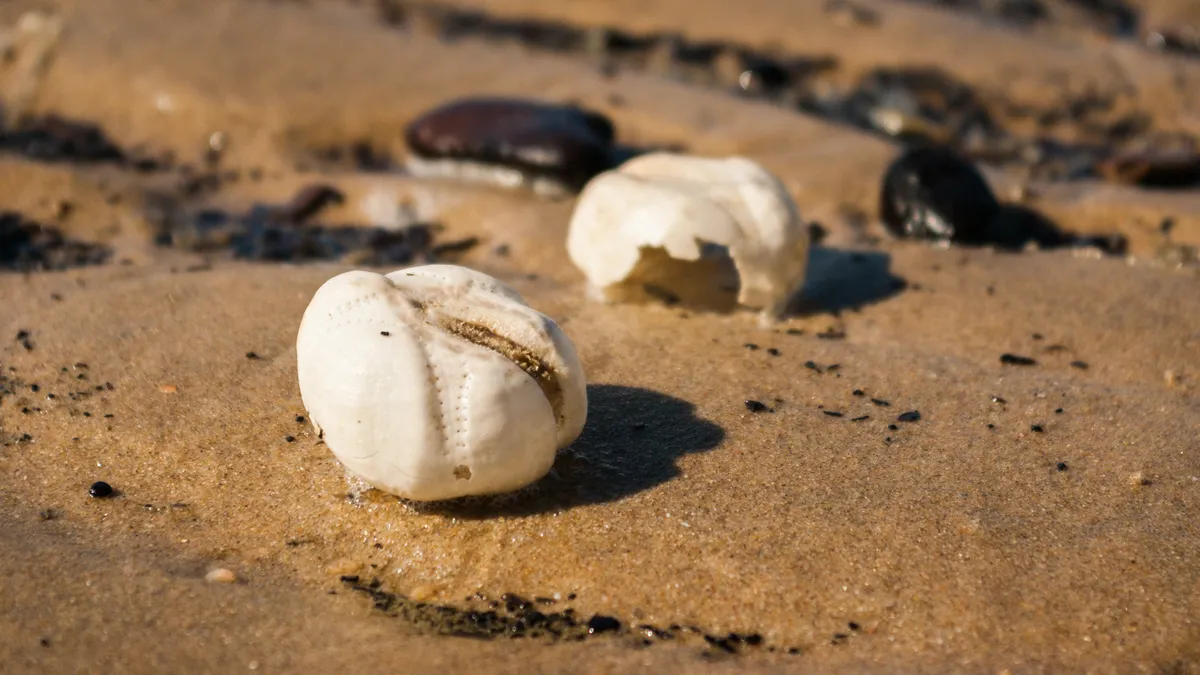
What is beachcombing?
Beachcombing isn scanning the beach and strandline for things of interest and winter can be one of the best times to do it.
Winter gales cast random wildlife artefacts up on the strandline, making beachcombing highly rewarding at this time of year. Among the flotsam and jetsam, you may find some of the more durable bodyparts of sea creatures that live below the extreme low-water mark and are usually only seen by divers.
You won’t be alone on the strandline. Turnstones use their beaks to flick aside rotting seaweed in search of tiny invertebrates, as do birds that usually reside further inland, such as crows, starlings and wagtails. Head for the shore at dawn, after an early high tide, and you may also find the tracks of larger visitors – foxes, on the lookout for seabirds, which are common casualties of severe gales.
- Why do some molluscs have beautiful shells?
Seashells expert guide: what are they, where do they come from, and how are they made? - Slipper limpet guide: what it is, what it eats - and how a slipper limpet reproduces
- Pearls: what they are, what pearls are made of and how they form
- Barnacles guide: what acorn barnacles are and their life cycle
What could you find beachcombing?
Edible sea urchin (Echinus esculentus)
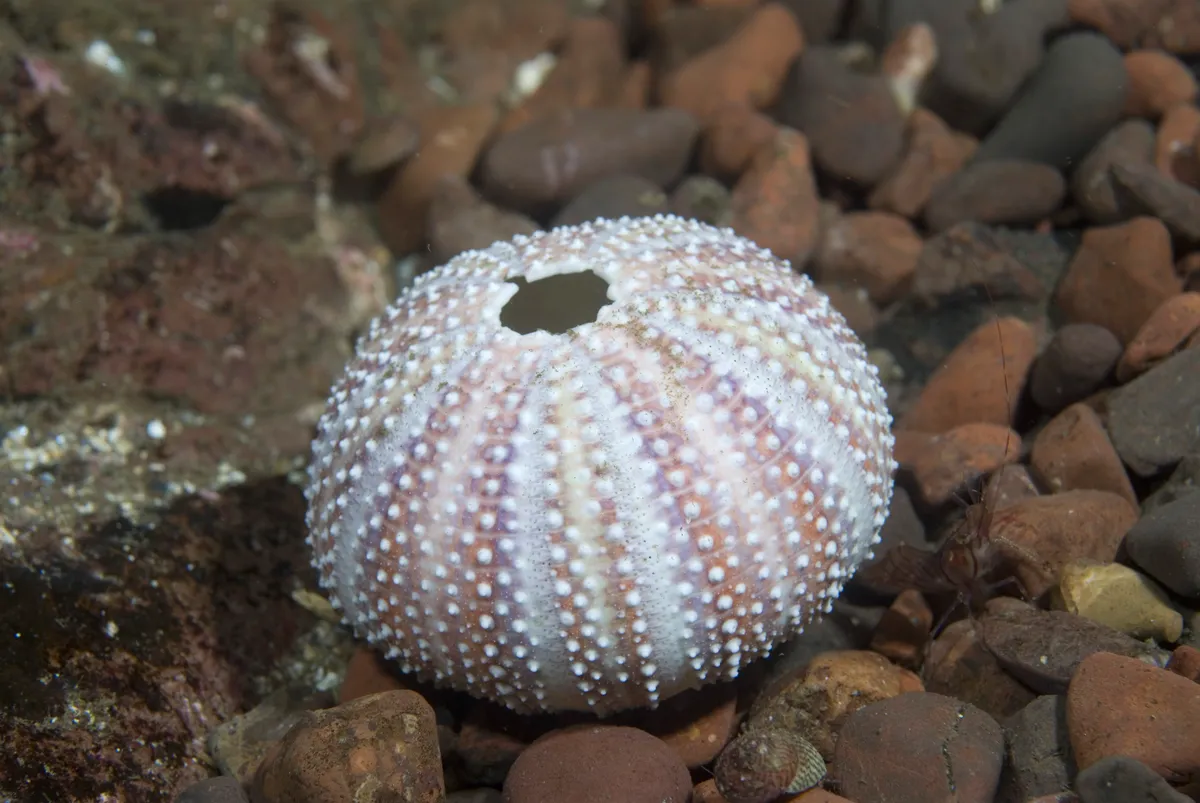
A real prize, but rarely found intact. Look for the rows of holes where the animal’s tube feet protruded in life.
Egg wrack (Ascophyllum nodosum)
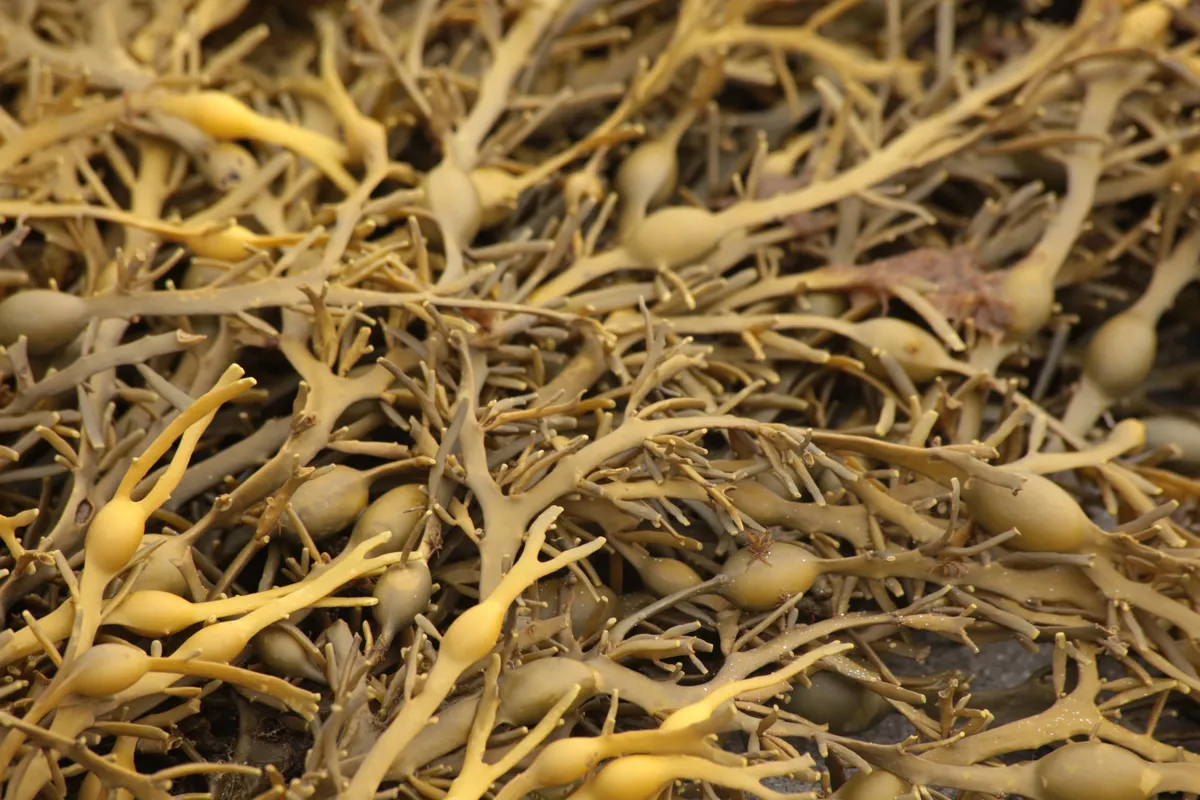
A seaweed from sheltered coasts, so vulnerable to winter gales. Look for single, blister-like flotation sacs (unlike bladderwrack’s paired sacs).
Whelk egg mass (Buccinum undatum)
A ball of papery bubbles that once housed juvenile whelks. Buoyant, durable and light, often washed and blown right to the top of the beach.
Goose barnacle (Lepas anatifera)
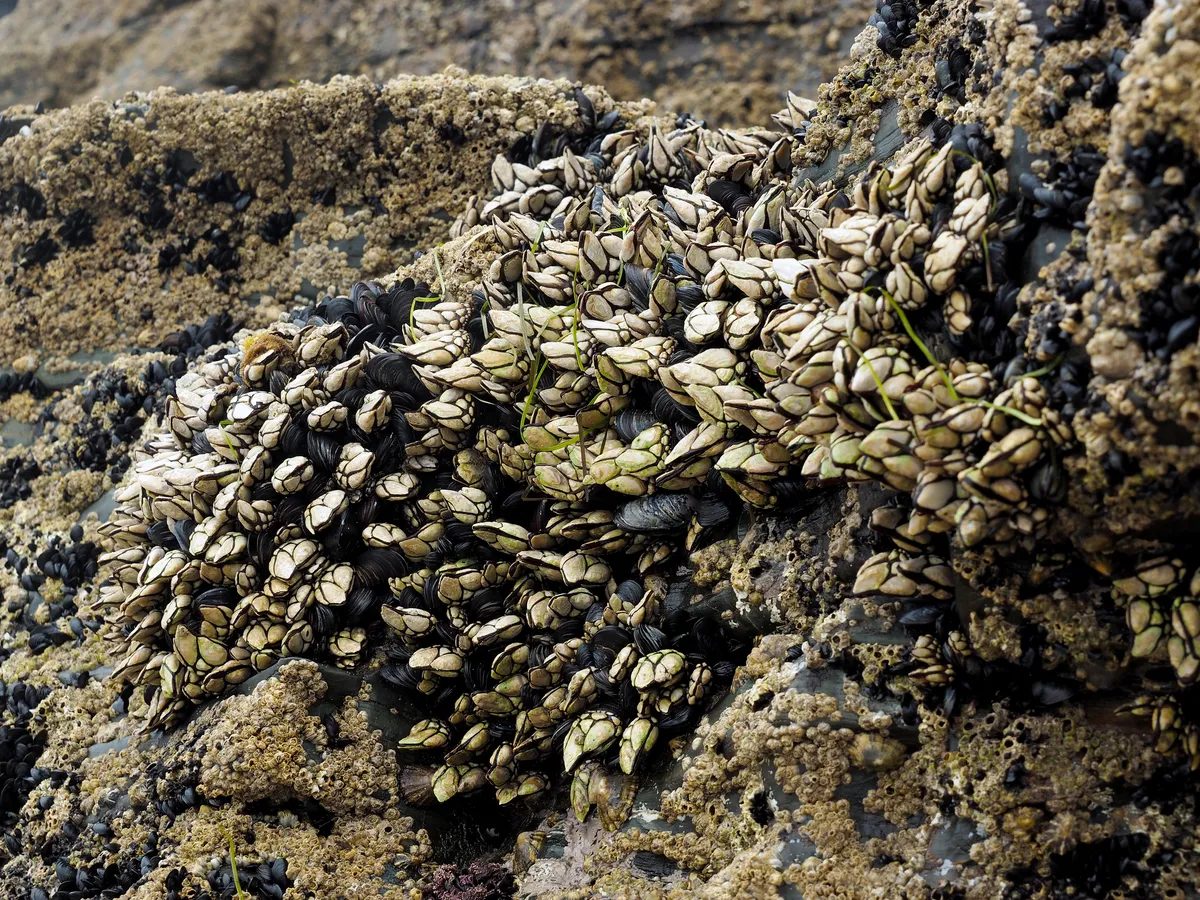
May have reached the tideline after a long ocean voyage attached to flotsam. In life, feeding arms flick out from the shells and filter food from plankton.
Sand mason tube (Lanice conchilega)
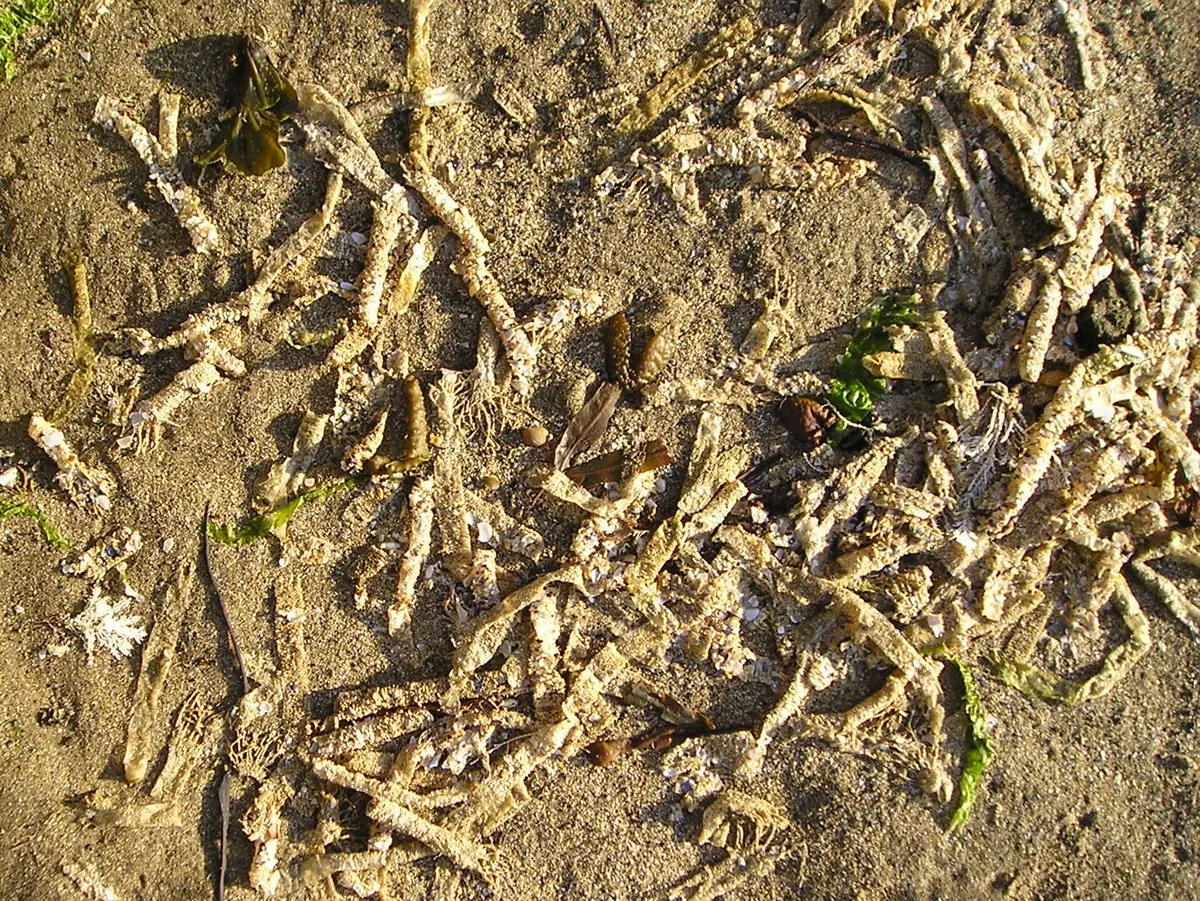
A beautiful structure of sand grains glued together, produced by colonial sand mason worms living just below the low-water mark.
Shipworm (Teredo navalis)
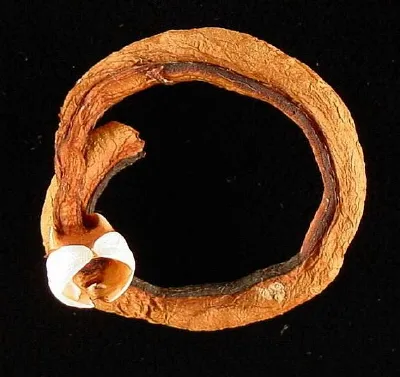
A bivalve mollusc, not a worm, Teredo uses its shell plates like a drill, digging tunnels that can sink wooden ships and destroy pier timbers.
Mermaid’s purse (Scyliorhinus canicula)
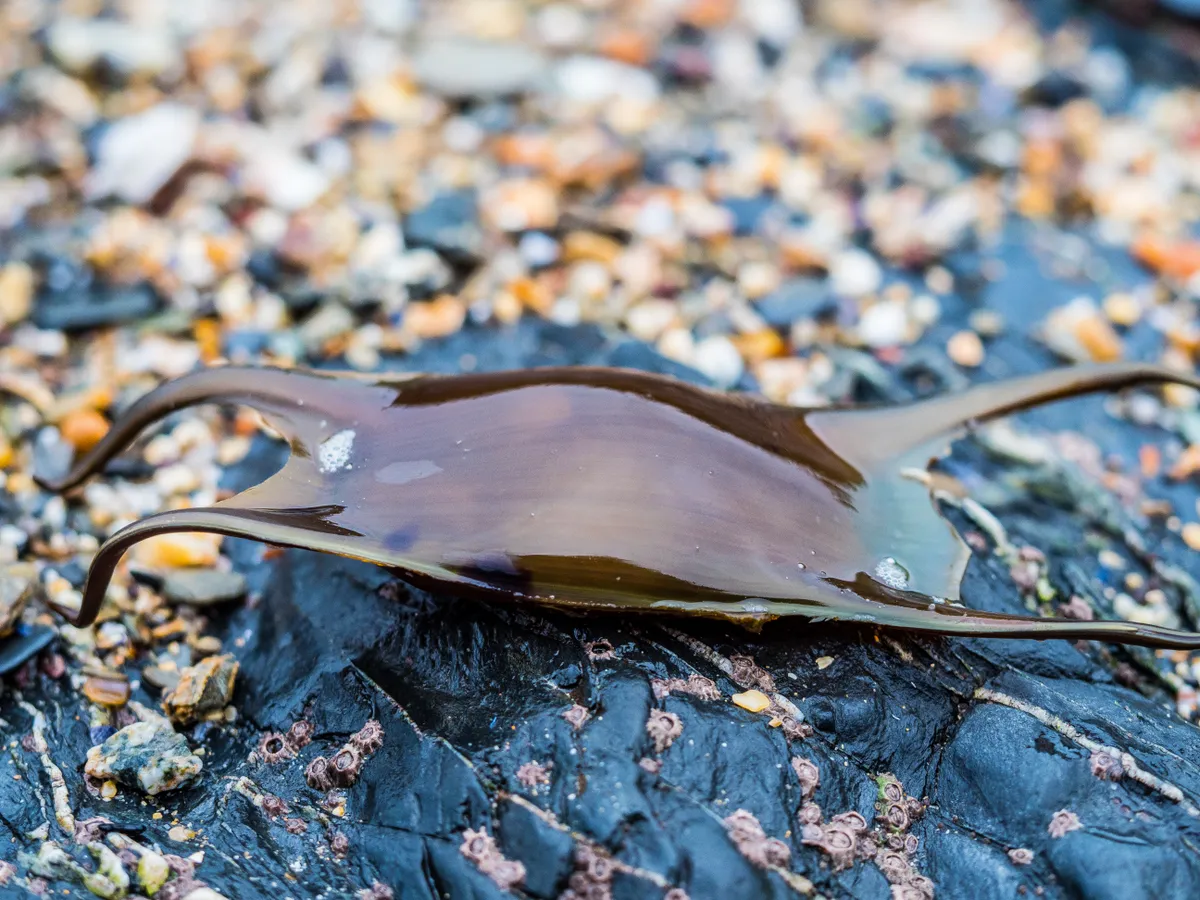
Oblong, leathery egg cases of dogfish, once anchored to seaweed. Rarer skate egg cases are squarer.
Sea potato (Echinocardium cordatum)
The internal skeleton (‘test’) of a burrowing sea urchin, common on sandy shores. Often found intact, because the test is extremely light.
Seabeard (Nemertesia antennina)
The chalky home of a colonial hydroid, originally anchored to offshore rocks. Each chamber once housed an animal like a tiny, transparent sea anemone.
Best places to go beachcombing in the UK
1. Southerness, Dumfries & Galloway
Tiny shells are a speciality of this sandy stretch of the Solway Firth, easily accessible from the RSPB Mersehead reserve.
2. Runswick Bay, North Yorkshire
Excellent fossil hunting helped this site near Whitby win the Marine Conservation Society’s ‘Best Beach for Beachcombing in England’ award in 2007.
3. Barafundle Bay, Pembrokeshire
One of the Pembrokeshire Coast National Park’s superb spots for beachcombing. Sand dunes and pines line its landward side.
4. Herne Bay, Kent
Fossilised shark’s teeth mingle with shingle on a popular pebbly town beach. Here you can share ice creams with natural history.
5. Woolacombe, North Devon
Barricane Beach is famous for cowries and other warm-water shells from the Caribbean, brought here on big tides.
6. Lizard Peninsula, Cornwall
An intricate landscape of caves, coves, and sand and pebble beaches. Marine life can drift on the Gulf Stream from the Caribbean to land up here.
Header image © Getty Images